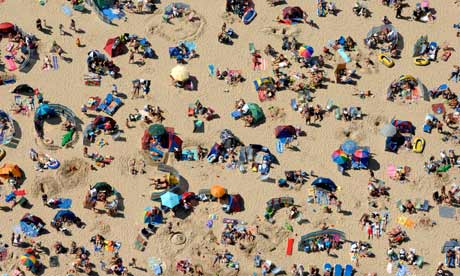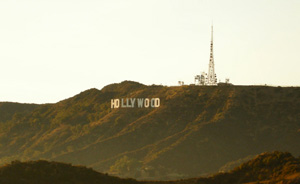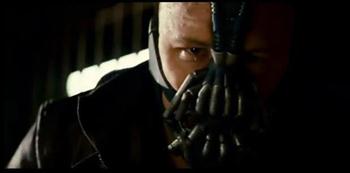The ways in which Terminator 2 constructs representations of gender using camera shots/angles, Mise En Scene, sound and editing.
Terminator 2 is a 1991 science fiction action film directed, co-written and co-produced by James Cameron starring Arnold Schwarzenegger and Sarah Connor and Linda Hamilton. It leads on from ‘The Terminator’ and John Connor (Edward Furlong) is ten years old and living in Los Angeles with foster parents. His mother Sarah Connor (Linda Hamilton) had been preparing him throughout his childhood for his future role as the leader of the human Resistance, but she was arrested after attempting to bomb a computer factory and sent to a hospital for the criminally insane.
The first time we see Sarah Connor is when she is in her room in the asylum. This is where we get the first representation of gender in the film. There is a close up shot of someone’s arms doing chin ups, which shows strength and power. At this moment in time the audience is not too sure who the person is. Because of the representation of men in movies, we as viewers think that this figure doing chin ups is a man. As the camera zooms out to a mid shot we see that it is in fact Sarah Connor. This immediately shows the representation of her as being a very powerful figure in the film and that she will play a major role protecting her and other around her from the terminators.
She is then interrupted by what we can assume are some kind of visitors or inspectors of the asylum. These people are obviously on the other side of her cell door. Behind them is a large window with the view of trees. This gives the element of freedom whereas when there is a close up shot of Connor’s face, the window behind her is not only barred up but also has no real element of freedom to it. The fact the bars are there and are shadowed onto her face symbolically shows that she is trapped but because the light is also shining on her face and surrounding her head shows that although being trapped she is sane and being imprisoned for no reason. This use of light round her head makes her seem like she is the savior and definitely show that she is represented in the film as the very powerful and strong figure.
As mentioned previously, in films men are seen the be the more dominant figure and although at times Sarah Connor is represented as being a powerful individual she is also dominated by some of the male figures. For example when she is in her cell, there is a close up two shot of two male prison guards looking through the window at her, this is a very sinister shot that makes Sarah Connor look very intimidated with very little dominance. As they enter she is hit to her knees there is a point of view shot looking up at the two men. Like the close up two shot of the guards, this point of view show also shows there dominance over her.
It’s not only the men in the film that make Sarah Connor seem over dominated. In one of the scenes she has a dream which shows a close up of her face up against a chain fence. The dream consists of an extra long shot of a city that is being destroyed by what looks like fire shock waves of an explosion. She is behind this chain fence and is then burnt alive by this shock wave of fire. This shows that she is not indestructible and is in fact very vulnerable and could be the sign of things to come. The Mise En Scene creates a sense of foreboding.
The last scene also makes Sarah Connor seem vulnerable to the Bad Terminator (not Arnold Schwarzenegger). She shoots through his head after being knocked down to the floor by him and because he is a terminator the only thing that happens is he has a whole through his right eye. The camera is at a slight height just above the terminator’s head. As the camera pans round past the back of his head from one over the shoulder shot to another, you see a glimpse of Sarah Connor lying on the floor through the whole where his right eye would be. This immediately shows the dominance of the terminator and that Sarah is his target and is the main focus for him. This shot also shows that she is very vulnerable because of the slight height of it and because she is on the floor and he is at a higher level than her.
The Male dominance and her being shown as very vulnerable is when he is following her up a flight of stairs at the factory. Although she is at the height this time, which usually shows a domineering role, you get the feeling that he is very intimidating towards her because she can’t harm him in anyway. The music at this time also shows that he is more dominant because it has quite a tense feel to it and as he is the one chasing her you get the sense she is in real trouble.
Overall in the film Terminator 2 I think that although Sarah Connor is seen in some scenes to be a very dominant character in the story, she always seem to be either in some sort of trouble or trapped either in her mind or physically. Whereas with the males figures are shown as a over powering figure and the only time they are seen to be in any real trouble is right at the end when both the terminators die.

















%20and%20Sergei%20(Sergei%20Puskepalis)%20Long%20Shot.jpg)







